Pododermatitis is inflammation of the soles of your guinea pig's feet. This disease is common in both guinea pigs and rabbits. In guinea pigs, problems often occur in the entire sole of the foot, which can appear swollen and misshapen. In rabbits, the problems are more likely to occur in the heel area.
Pododermatitis is more common on the hind legs as they are subjected to more stress. Environmental bacteria cause infections in the skin. The problem is often recognized early enough. In a few cases, the infection may have been present for a long time or, in the case of very severe infections, the bone may even become inflamed.
How does guinea pig soles get infected?
It's caused by too much pressure on your guinea pig's feet or heels. It all starts with small wounds on the soles of the feet. These can result from soil that is too rough or too wet. Guinea pigs produce quite a lot of feces and urine, all over the cage. If you don't clean the cage often enough, the bedding will get too wet. This softens the soles of the feet and causes wounds more easily. Bedding that is too coarse is the case with sawdust or straw, for example. Both of these materials are quite firm and therefore easily prick the soles of your guinea pig's feet.
The wounds become infected with bacteria. From the point at which the wounds become inflamed, it is referred to as pododermatitis. But the problem starts much earlier, of course.
Other factors that may play a role in the development of pododermatitis include trauma, obesity, sedentary lifestyle, frequent urination (due to bladder/kidney problems), diarrhea and hypovitaminosis C. It is also more common in older animals as older animals become older often no longer able or willing to move as well.
What are the symptoms of pododermatitis in guinea pigs?
First of all, you will find that your guinea pig is much less active and moves around. If your guinea pig walks at all, it will appear to be walking very cautiously, as if walking on eggshells. When you pick up your guinea pig, sores on its feet may become visible. This is not always immediately obvious. In mild cases, the skin is only slightly redder and the foot is slightly bare. Sore and swollen heels can also be a sign without actually seeing sores. Finally, abscesses can form with bacterial infections. In more severe cases, swelling, sores, and scabs are seen.
How is pododermatitis treated?
The treatment is very intense. Not every guinea pig responds equally well to treatment, and sometimes your guinea pig just doesn't do well. The treatment can only be successful if you are motivated! The earlier you spot the problem, the easier it is to treat.
In mild cases, it is often sufficient to adjust the posture. For example by cleaning more often. If necessary, the paws can be rubbed to keep the skin soft and supple, for example with Vetramil brand products. Many animals then recover on their own.
In more serious cases, you will need to see your veterinarian. Don't wait too long! The vet will need to bandage your guinea pig's legs. Wounds need to be cleaned and rubbed regularly, and bandages changed. This should be done in a veterinary practice. In addition, you often have to give your guinea pig medication by mouth and make sure they eat enough. You must also check daily that the bandage is still on your guinea pig's legs.
Sometimes an X-ray is needed to check if the bone is also inflamed. In more severe cases, it is more difficult to control the infection. In addition, these animals get sick more easily.
How can I prevent pododermatitis in guinea pigs?
The most important thing is that you clean your guinea pig's cage regularly, ideally every week. The floor should be cleaned with soap and then dried thoroughly. It is also very important to choose a good bedding. It must be soft for your guinea pig's feet. Check out our webshop for possibilities!
You should also give your guinea pig plenty of exercise and prevent it from becoming overweight. You should also regularly check the underside of your guinea pig's paws. And last but not least, you should make sure that your guinea pig gets enough vitamin C.
This text was translated with a translation machine
 Horse Pharmacy
Horse Pharmacy Rugs
Rugs Care
Care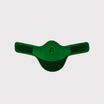 Saddle and Attachments
Saddle and Attachments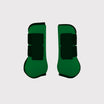 Leg Protection
Leg Protection Bridles
Bridles Feed
Feed Fly Masks
Fly Masks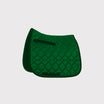 Saddle Pads
Saddle Pads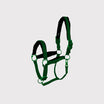 Headcollars and Ropes
Headcollars and Ropes Bits
Bits Other Disciplines
Other Disciplines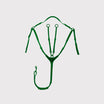 Reins and Auxiliary Reins
Reins and Auxiliary Reins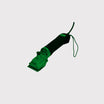 Clipping
Clipping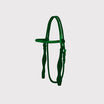 Western
Western Eventing
Eventing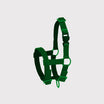 Foals
Foals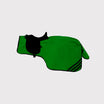 Reflection
Reflection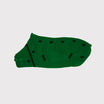 Therapy Products
Therapy Products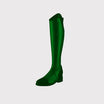 Boots and Shoes
Boots and Shoes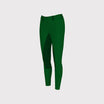 Breeches and Belts
Breeches and Belts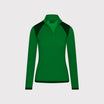 Tops
Tops Safety
Safety Competition
Competition Heated Clothing
Heated Clothing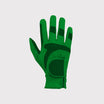 Gloves
Gloves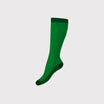 Socks
Socks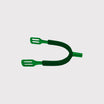 Spurs and Attachments
Spurs and Attachments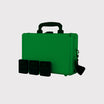 Technology
Technology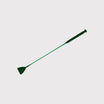 Whips
Whips Gifts
Gifts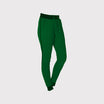 Casual Wear
Casual Wear Underwear
Underwear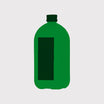 Rider Pharmacy
Rider Pharmacy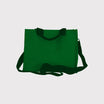 Bags
Bags Books
Books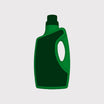 Laundry supplies
Laundry supplies Jewelry
Jewelry Feed and Waterbowls
Feed and Waterbowls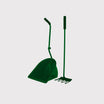 Equipment
Equipment Tack Room
Tack Room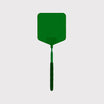 Pest Control
Pest Control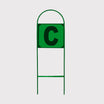 Arena
Arena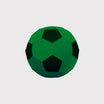 Horse Toys
Horse Toys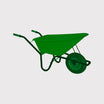 Wheelbarrows
Wheelbarrows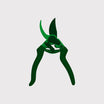 Yard
Yard Surveillance
Surveillance Disinfect
Disinfect Washing Area
Washing Area Lighting
Lighting Horse Pasture
Horse Pasture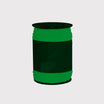 Current Conductors
Current Conductors Pole
Pole Insulators
Insulators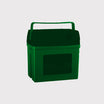 Energisers
Energisers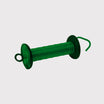 Gate Handles
Gate Handles Batteries and Accumulator
Batteries and Accumulator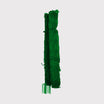 Nets
Nets Grounding
Grounding Tools
Tools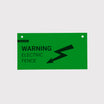 Fencing Security
Fencing Security Wolf Defense
Wolf Defense Fencing Sets
Fencing Sets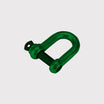 Fence locks
Fence locks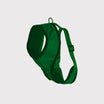 Dogs
Dogs Cats
Cats Rodents
Rodents Dogs Pharmacy
Dogs Pharmacy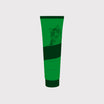 Cats Pharmacy
Cats Pharmacy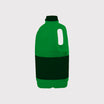 Rodents Pharmacy
Rodents Pharmacy Cattle Pharmacy
Cattle Pharmacy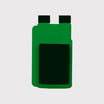 Poultry Pharmacy
Poultry Pharmacy Veterinary Supplies
Veterinary Supplies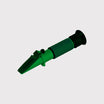 Cattle
Cattle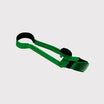 Sheep and Goats
Sheep and Goats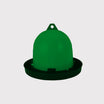 Poultry
Poultry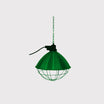 Heat Lamps
Heat Lamps Calves
Calves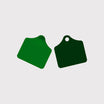 Marking
Marking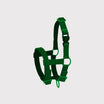 Halters
Halters